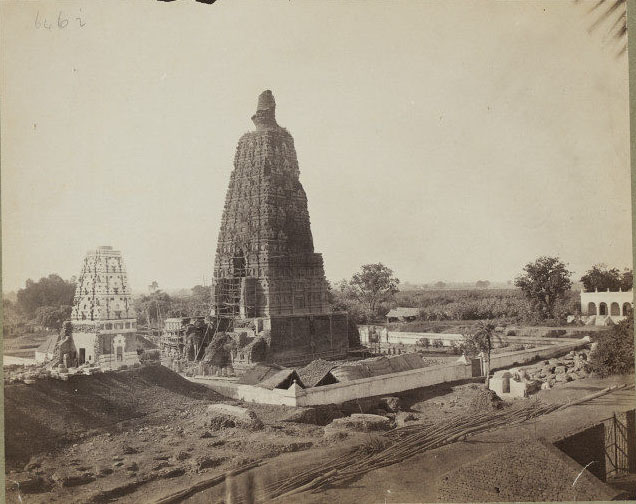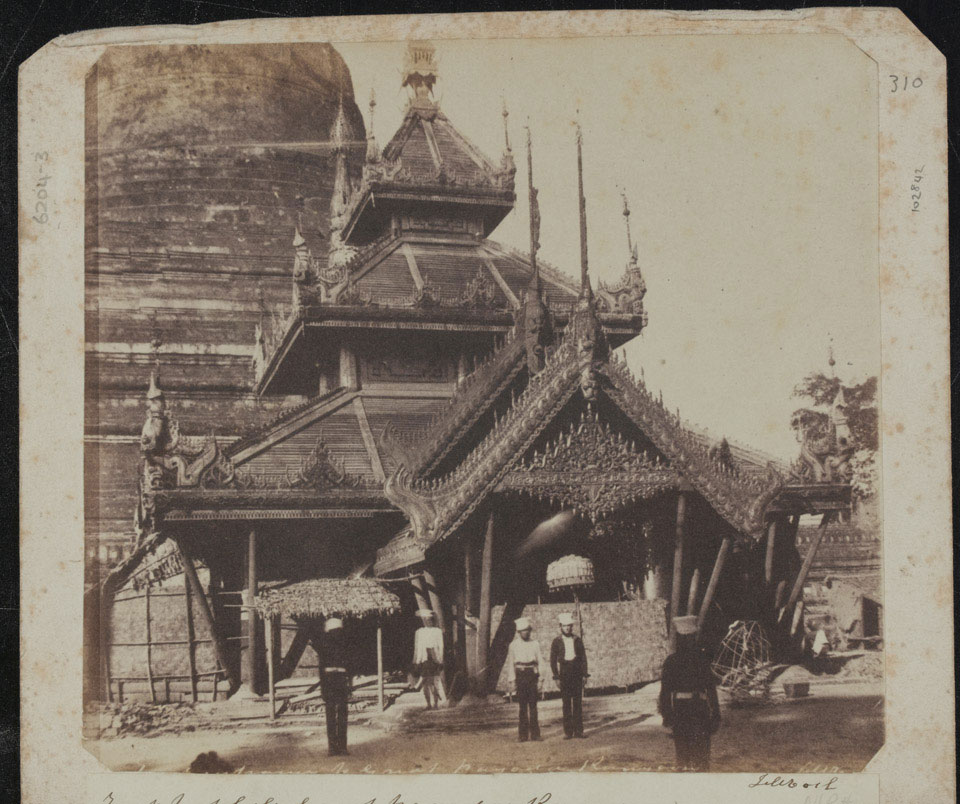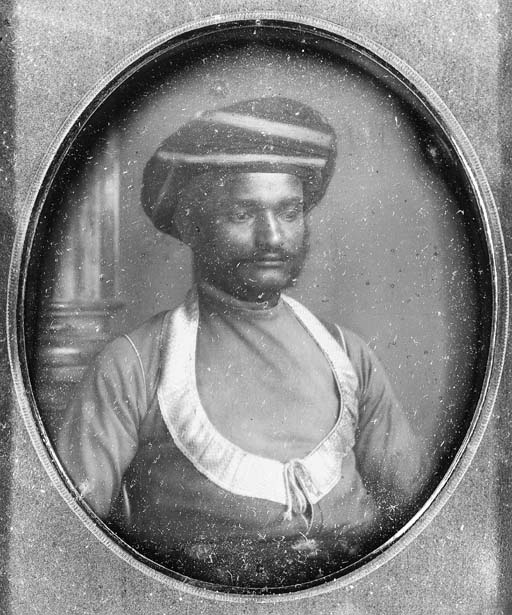Darogha Ubbas Alli, a 19th century Indian, was an assistant municipal engineer and photographer in Lucknow. In the 1870s, following his retirement, Alli began photographing the city and its surroundings. He published three albums from 1874 to 1880. The Lucknow Album and Beauties of Lucknow both dated 1874. In 1880, he produced another photographic album, An Illustrated Historical Album of Rajas and Taaluqdars of Oudh, comprising images of the landed gentry of Oudh.
All three works are leather bound single volumes; each with varying amounts of text.
The Lucknow album consisting of a map of Lucknow and photographic illustrations of tombs, churches, old and new buildings of the town. The Album is rich in text describing in detail about the sites. The Album was intended as a guide to the Lucknow town. The album contains 50 photographs which are all albumen print of 9.5×6 cm size.
The other two albums “Beauties of Lucknow” and “An Illustrated Historical Album of Rajas and Taaluqdars of Oudh” are Albumen print on carte-de-visite of 4×2.5 inches size. The Beauties of Lucknow contains twenty four Carte-de-Visite portraits of women in theatrical costumes of the most celebrated and popular living histrionic singers, dancing girls and actresses of the Oudh Court and of Lucknow.
The Illustrated Historical Album of Rajas and Taaluqdars of Oudh, is With 344 photographs, albumen prints, 3.75 x 2.25. 3 x 2 inches, titled in Arabic script. The smaller albumen prints are mounted four-per-page within ruled borders in the album. The album is the visual list of local minor Rajas, wealthy Muslims, Hindu landlords with the head gear, attire and appearance.
Darogha Ubbas Alli used albumen prints on carte-de-visite, due to its simplicity and inexpensiveness to produce.
The carte-de-visite, abbreviated CdV, was a type of small photograph which was patented in Paris by actor and daguerreotypist André Adolphe Eugène Disdéri in 1854. Indian Albums for the collection and display of cards became a common fixture in England’s elite. The carte de visite was usually made of an albumen print, which was a thin paper photograph mounted on a thicker paper card. They were created by using a sliding plate holder and a camera with four lenses.
The original albums are found in British Library and in The Alkazi Collection of Photography in India.
Reference
The Photographic Albums of Abbas Ali as Continuations of the Mughal Muraqqaʿ Tradition, Alka Patel, Getty Research Journal, No. 7 (January 2015), pp. 35-52 (18 pages), Published by: The University of Chicago Press on behalf of the J. Paul Getty Trust.
https://digitalcollections.nypl.org/collections/india-the-beauties-of-lucknow#/?tab=about

















